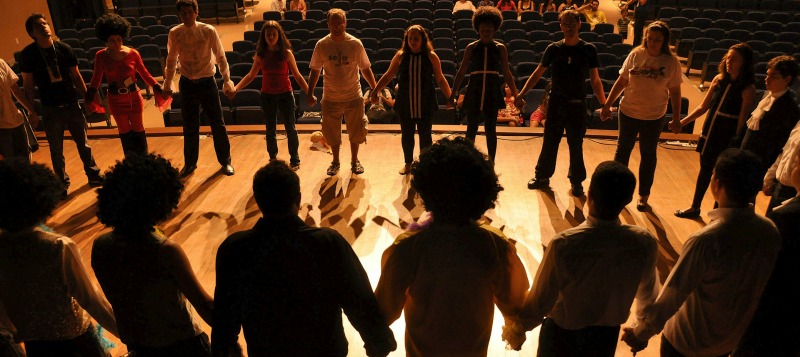Last Week: Government funding for the arts is more about audience and artists… And another comments community goes away… Shocking data on how people use (or don’t use) music… A backlash against digital and a return to analog… How streaming has interrupted our impulse to want to “own” music.
- The fundamental argument in the fight about funding the Corporation for Public Broadcasting, the National Endowment for the Arts and the National Endowment for the Humanities is probably not so much about funding art but giving more people more access to the arts. The Trump administration looks like it is proposing to zero out the arts budgets, but the arts funding is actually ”much-needed money that supports community projects, new works and making the arts accessible to people in different parts of the country and to those who are not wealthy. And after years of culture-war debates in which conservatives took aim at the programs, questioning their value, arts groups are pressing the case that the federal money they receive supports organizations — and jobs — in all 50 states, both red and blue.”
- The backlash against online comments and community online boards has been underway for awhile now. Many comments sections are cesspools of vitriol, and add little value, and IMDb, the internet movie database is the latest to do away with its message boards. But there are many sites that have thoughtful, interesting comments sections, and removing the ability to comment changes the very nature of the website. “There is a definite sense of community on the boards. You won’t be able to use the site in the same way.”
- Music seems so ubiquitous and part of our everyday fabric, it’s a shock to discover, via this Fast Company story, how few people actually play music in their homes. The study says: It’s quite striking across the nine countries we surveyed. Something as simple as entertaining friends and family: 84% of people in Sweden, 83% of people in the U.K., 79% of people in the U.S. don’t play music when they have friends over.”
- For some time now “new” and “digital” were synonymous. And so, we’ve been fascinated by anything digital, using it even when older, analog choices might be better. Predictably, we’ve now moved into a phase of backlash to digital, with many seeking out physical, analog experiences. People like to see the sweat and imperfections of things made by hand, and suddenly old is new again. It turns out that writing your thoughts in a notebook might be better in some cases than pulling out a laptop.
- In the vein of that last story, this interesting story by Ted Gioia, who writes that “owning” music used to be a very important part of music: “People didn’t just listen to their records, they displayed them as quasi-holy relics. The album cover might seem irrelevant — a baby swimming after a dollar bill, a painting of a big banana, or even a blank white slate with only tiny text (The Beatles) emblazoned on it. But to the owners, these served as supercharged personal emblems. The image could change, but the message stayed the same: This is my music. This is who I am.” Streaming, by contrast, is ephemeral, cheap and disposable. And this, Gioia suggests is changing our relationship to music. To “own” music is to commit to it, and the move to digital downloads and streaming has interrupted this impulse.

Leave a Reply